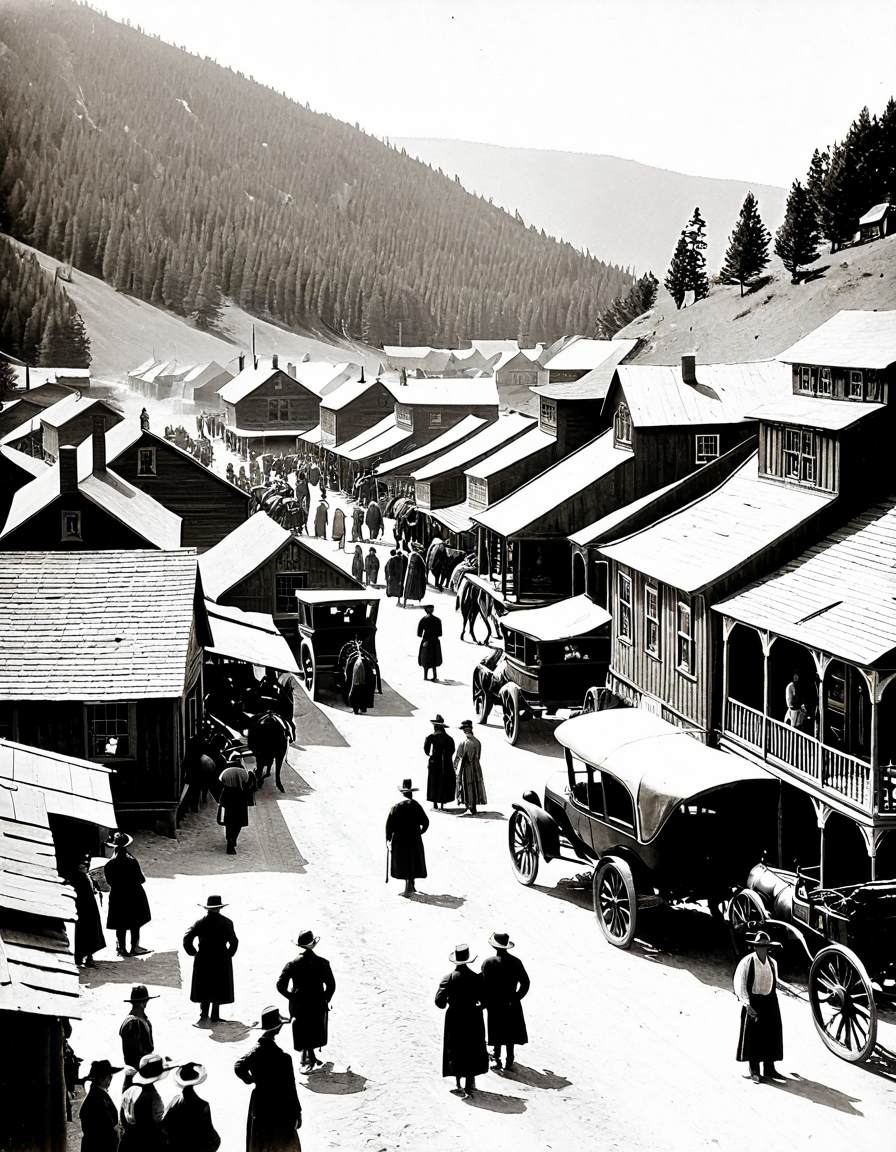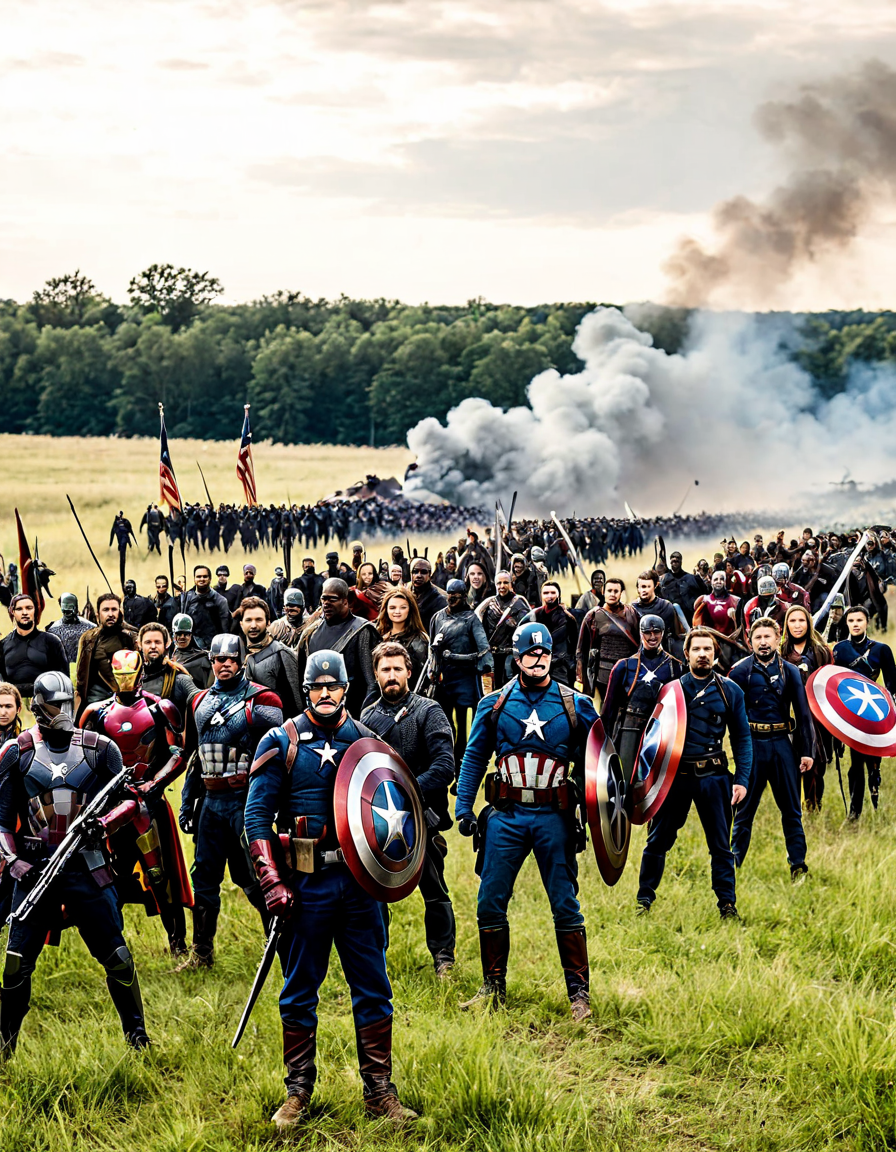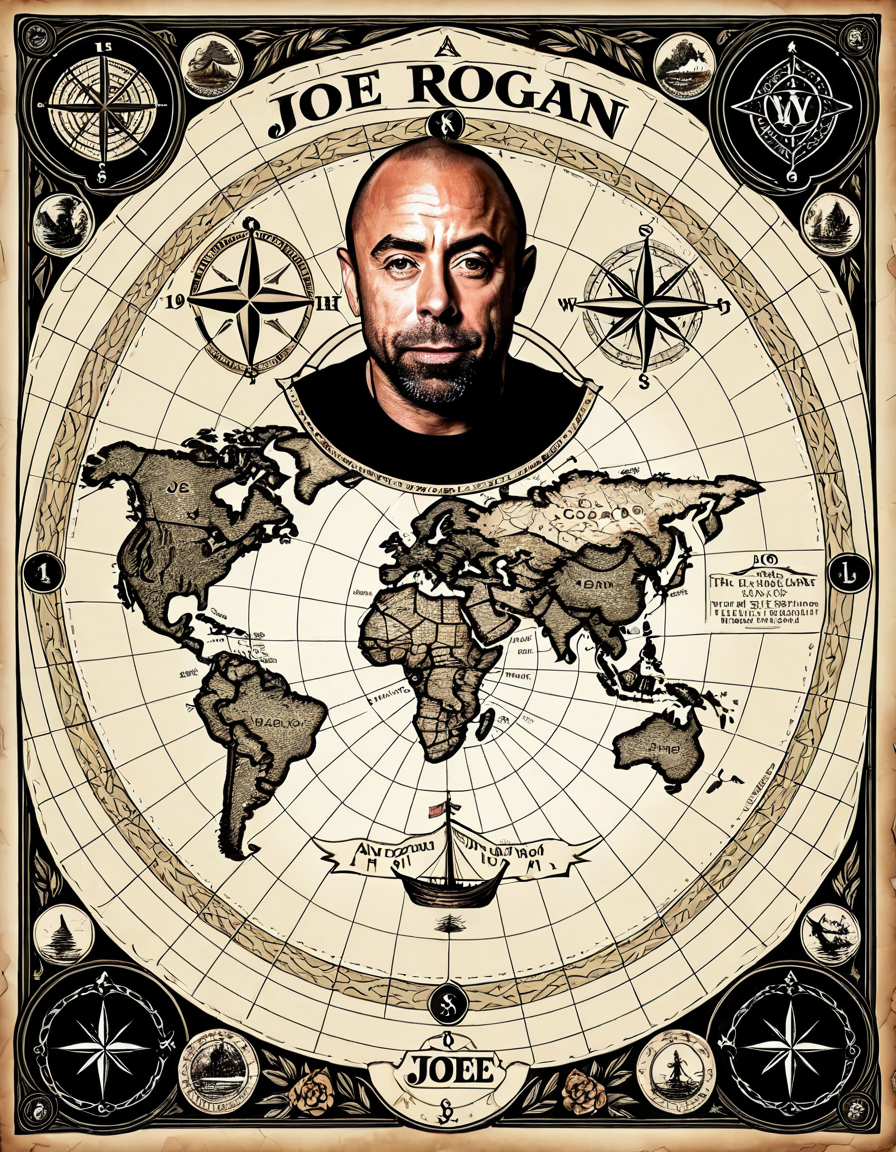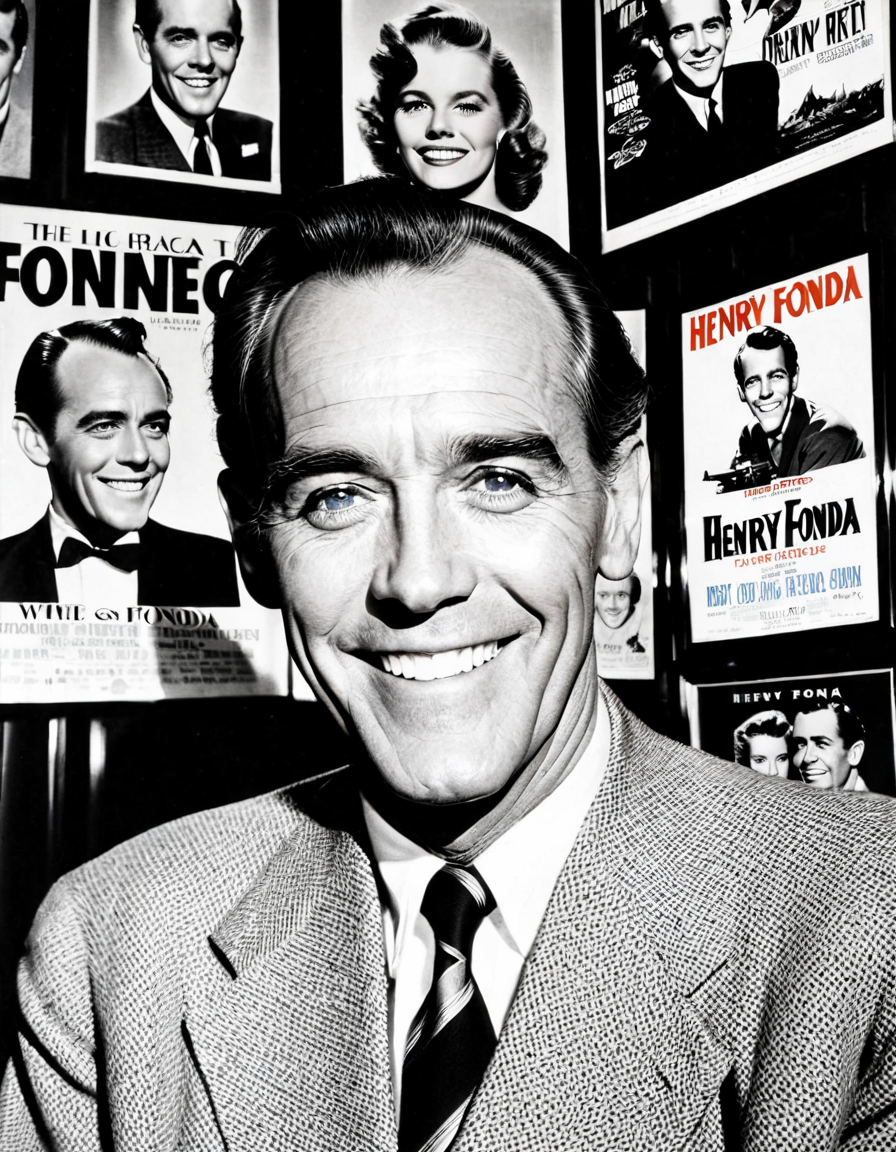The Battle of Gettysburg stands as a monumental chapter in American history, marking a crucial turning point during the tumultuous years of the Civil War. From July 1 to July 3, 1863, Union and Confederate forces clashed in Pennsylvania, setting the stage for a conflict that would shape the nation’s future. Gettysburg was not just a battle; it became a symbol of resilience, resolve, and the pursuit of equality. Understanding Gettysburg’s significance helps us appreciate how this pivotal moment reshaped the country and continues to resonate today.
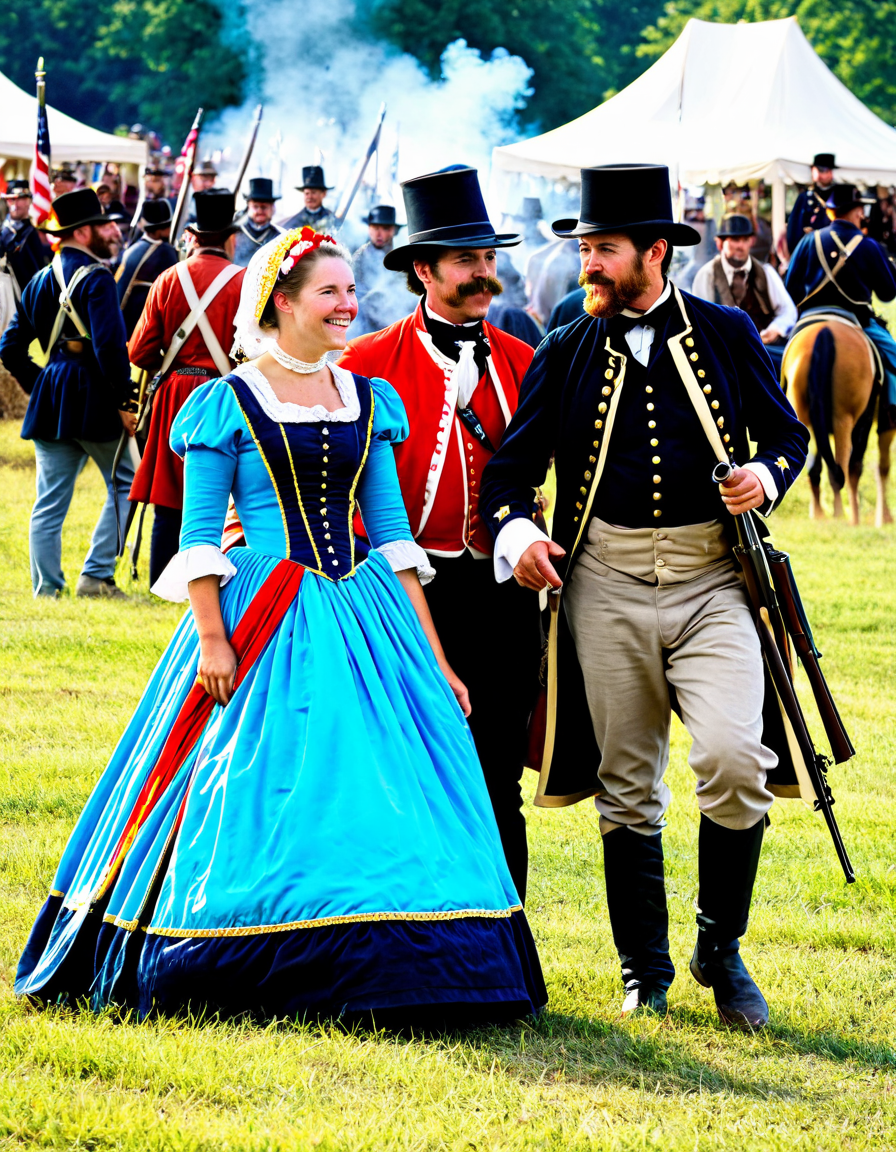
Understanding Gettysburg’s Significance in the Civil War
Gettysburg’s importance can’t be overstated. This was where Union General George Meade and his troops firmly halted Confederate General Robert E. Lee’s audacious invasion of the North. The Union victory not only boosted northern morale but also marked a tactical shift in the war that favored the Union forces significantly. But the effects of Gettysburg reached far beyond the battlefield; they altered political attitudes and cultural values in the United States for generations to come.
Though the battle left extensive physical scars on the landscape, its emotional and ideological impacts were even deeper. The loss of lives—around 51,000 casualties—served as a stark reminder of the war’s brutality. The grim toll from Gettysburg illuminated the arduous path both sides would tread moving forward. This was not just about territorial disputes anymore; it was about ideology, unity, and the essence of what it meant to be American.
Top 5 Reasons Why Gettysburg Was the Turning Point of the Civil War
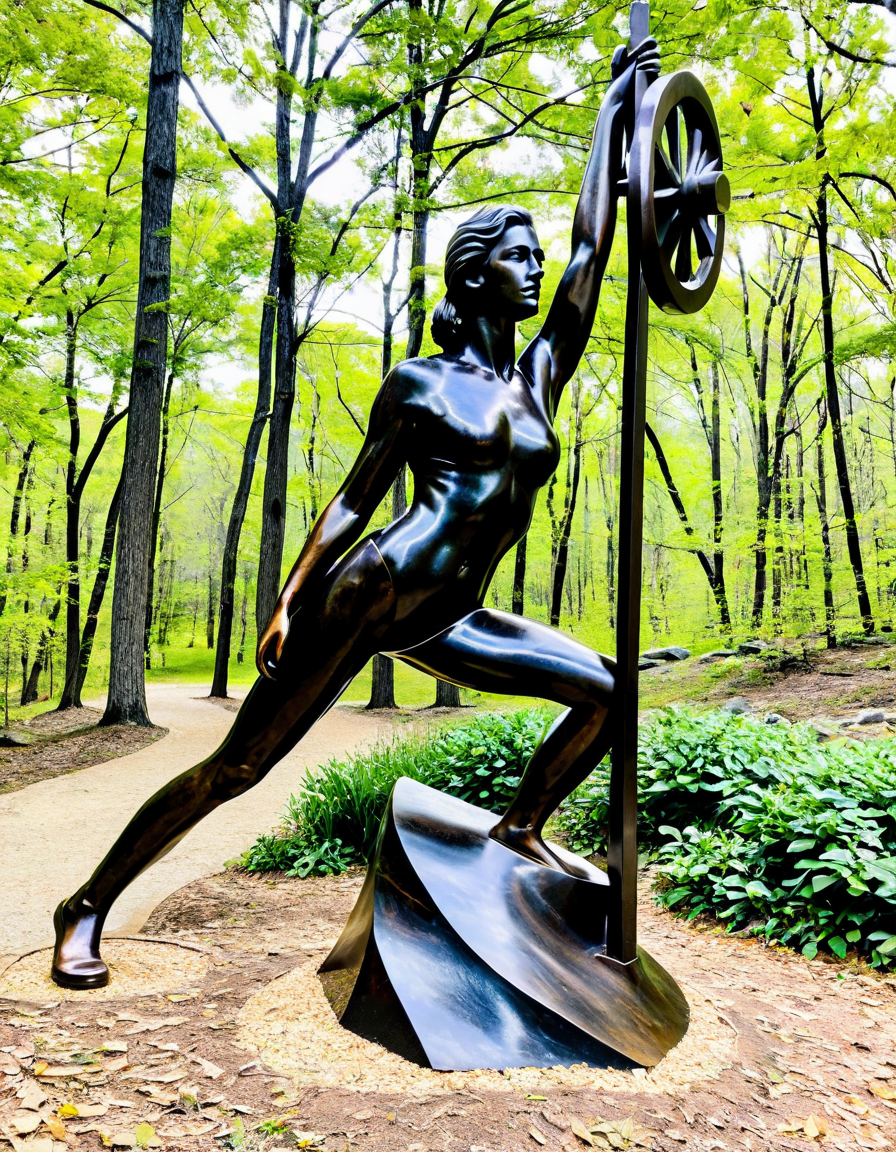
Comparing Gettysburg and Pearl Harbor: Turning Points in American History
When we talk about turning points in American history, it’s impossible to overlook the attack on Pearl Harbor on December 7, 1941. Both Gettysburg and Pearl Harbor represent significant moments that redefined national resolve and unity, even though they occurred in vastly different contexts.
Legacy of Gettysburg: Implications for Future Generations
Gettysburg’s legacy extends beyond its immediate context, embodying the struggles and sacrifices that define American history. Today, the site serves as a national park, offering educational resources that allow people to engage with the complexities of the Civil War. The lessons learned here remind us of the importance of unity and liberty, principles that are still relevant.
As we walk through Gettysburg National Military Park, we must reflect on the ideals of justice and equality that emerged from this crucible. The memory of those who fought and died serves as an enduring reminder of the ongoing fight against division and injustice in our society. It energizes us to strive for a future grounded in these fundamental values.
Innovations in Gettysburg Preservation and Education
Modern advancements have redefined how we share Gettysburg’s rich history. Technology, particularly augmented reality apps, allows visitors to experience the battle in immersive ways. These tools make learning engaging, helping people feel intimately connected to the past.
Social media campaigns amplify the story of Gettysburg, ensuring that its significance resonates with new generations. This ongoing conversation reminds us that history isn’t static. By leveraging innovative methods, we can keep the legacy of Gettysburg alive and relevant, fostering appreciation for our shared national narrative.
In summary, Gettysburg’s transformative impact on America’s course cannot be underestimated. It challenges us to recognize that moments of crisis can lead to profound societal change. The essence of Gettysburg compels us to seek unity and justice as we navigate our collective journey as a nation. Remember the sacrifices made here, and let them inspire your own personal battles, whether they’re physical, emotional, or ideological. After all, it’s about rising to the occasion, just like the heroes who stood at Gettysburg.
Many of us face personal challenges daily, reminiscent of the battles fought on those fields. Whether you’re breaking a sweat in your favorite Nautilus class or curling up with a Japanese futon, remember that perseverance is key. Just like the soldiers at Gettysburg, the journey you’re on deserves resilience and honor. Let’s carry that spirit into our own lives, inspiring one another every step of the way!
Gettysburg: The Historic Turning Point of the Civil War
Fascinating Facts About Gettysburg
When folks think of Gettysburg, they often picture the iconic battlefield, but did you know this historic town is also home to some cool surprises? For starters, the Battle of Gettysburg lasted three hot days in July 1863, and it’s considered the turning point of the Civil War. Interestingly, this battle resulted in around 51,000 casualties, which made it one of the bloodiest battles in American history. It’s estimated that around 33% of the soldiers were left incapacitated, raising questions like How long can a person live Without food This tragic loss of life profoundly shaped the war and the nation’s future.
Now, shifting gears a bit, did you know that Gettysburg is the site where President Abraham Lincoln delivered the famous Gettysburg Address? This short but powerful speech, only about two minutes long, reshaped our nation’s idea of liberty and equality. It’s said that Lincoln wrote it on the back of an envelope! In a contrast of styles, rock legend Patti Smith has often referenced Gettysburg in her music, tying the passion of the Civil War to the spirit of rebellion and change. Speaking of change, if you stroll through town today, you can see how it has embraced both its history and contemporary culture.
The Cultural Landscape of Gettysburg
Besides its historical significance, Gettysburg is a vibrant place filled with engaging activities and events. The town boasts a thriving arts scene, evidenced by the Gettysburg Festival which spotlights local musicians, including artists like Eric Braeden, who has connections to storytelling in various forms, much like Lincoln’s poignant oratory. Meanwhile, the expansive battlefields have become a favorite for reenactors and history buffs, calling to mind the heroic tales of valor. Just imagine stepping into a puffer jacket while exploring these hallowed grounds in the frigid winter months; you’d be in good company with the many who venture out to experience the tales of bravery.
As you wander through, keep an eye out for the yellow markers that signify historic landmarks. These vital signs point out where significant events unfolded during the battle, helping illustrate the timeline of this pivotal moment in U.S. history. Speaking of historical timelines, have you heard of D’Angelo? He has a cool way of mixing modern themes with historical narratives in his work, much like how the stories of Gettysburg continue to inspire new art forms. Learning about Gettysburg is like opening a book that never ends, revealing layers of history, culture, and passion that keep you coming back for more!










